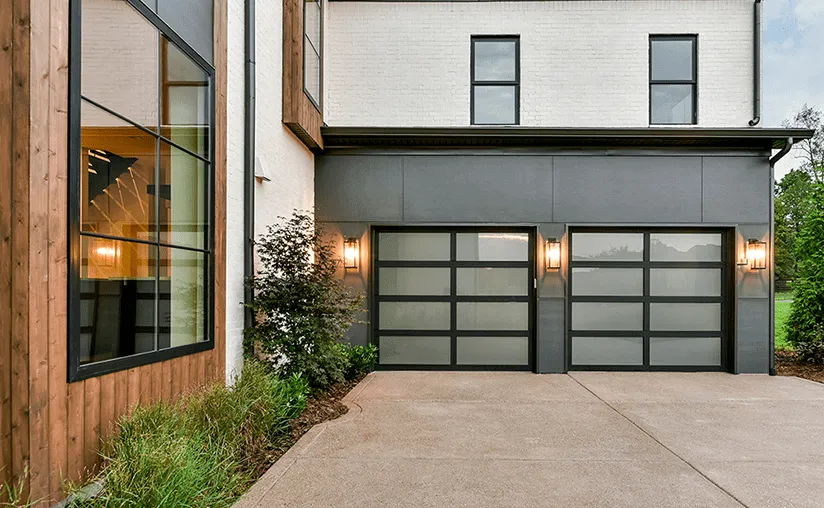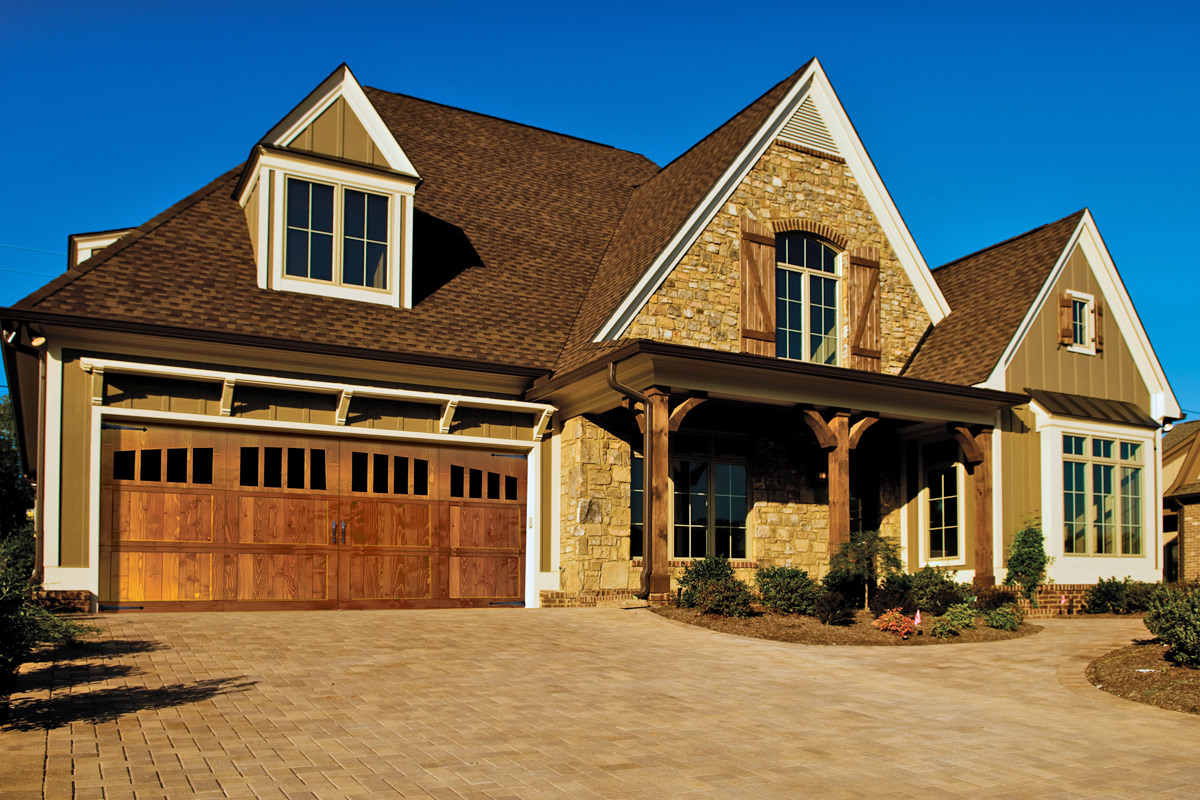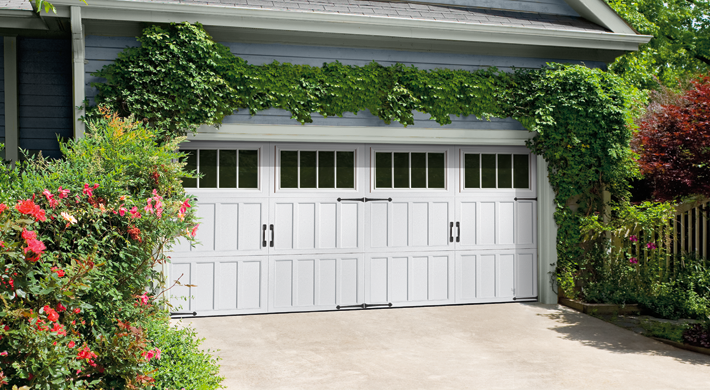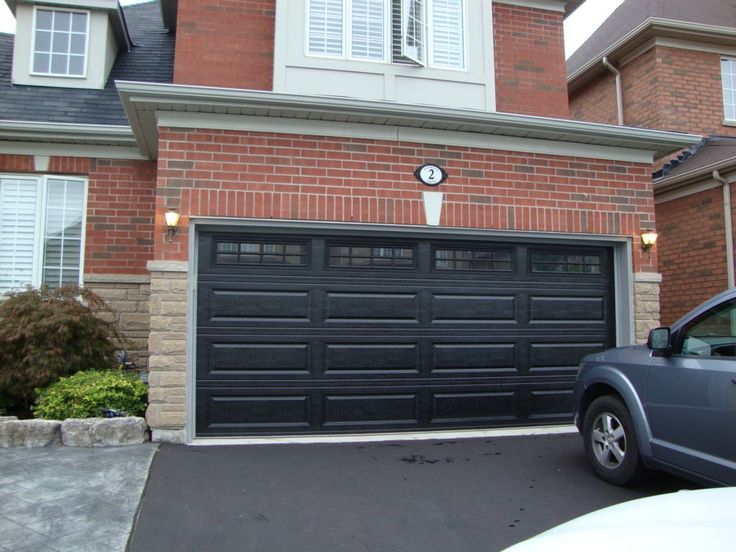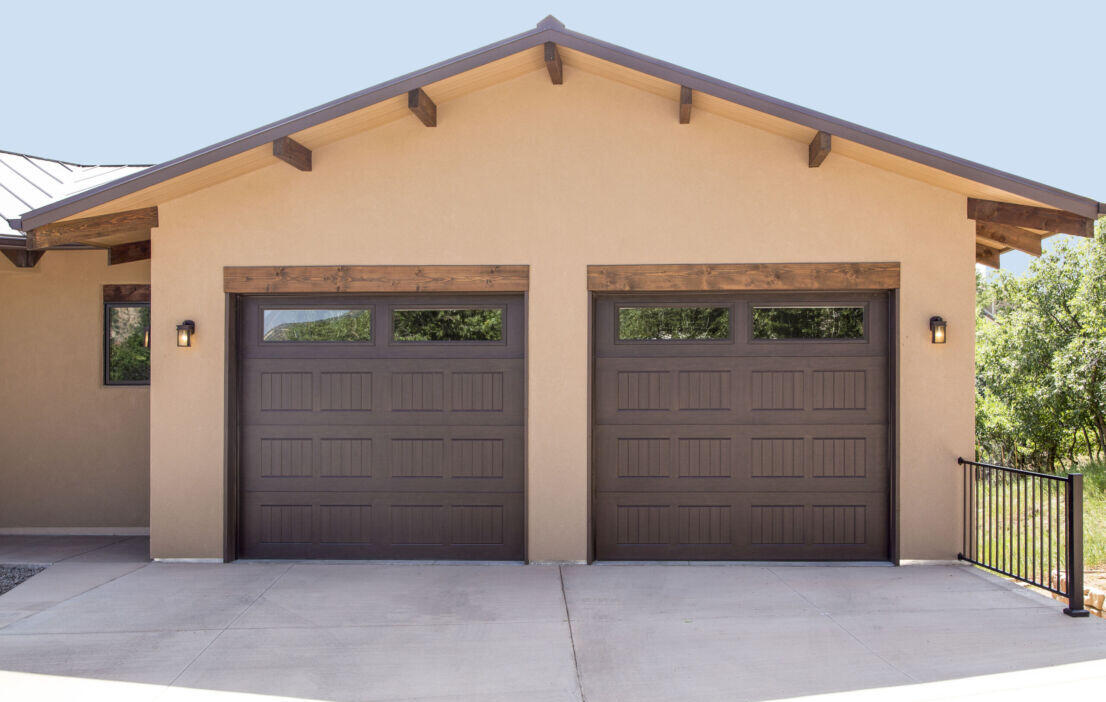When it comes to home safety, ensuring that your garage door opener is functioning properly is crucial. Many homeowners overlook the importance of regular garage door opener safety tests, which can lead to potential hazards and costly repairs. In this guide, we will explore the significance of these tests and how they can help you maintain a safe and efficient garage door system.

Why Garage Door Opener Safety Tests Matter
Garage doors are one of the largest moving components in a home, and an improperly functioning door can pose serious risks. Regular safety tests ensure that your garage door operates smoothly and safely, preventing accidents and ensuring peace of mind. According to a study by the Consumer Product Safety Commission, thousands of injuries are attributed to garage door malfunctions each year, emphasizing the need for regular safety checks. Learn more about garage door maintenance here.
Components of a Garage Door Opener Safety Test
Visual Inspection
Begin with a visual inspection of the garage door and its components. Look for signs of wear and tear, such as frayed cables, loose hinges, or rusted parts. These issues can compromise the door’s functionality and safety.
Balance Test
A balanced garage door is essential for smooth operation. To perform a balance test, disconnect the opener and manually lift the door halfway. If it stays in place, the door is balanced. If it falls or rises, it may require adjustment.
Reverse Mechanism Test
The reverse mechanism is a critical safety feature that prevents the door from closing on objects or people. Place a 2×4 board under the door and attempt to close it. The door should reverse upon contact with the board. If not, contact a professional for adjustments.
Photo Eye Test
Modern garage doors are equipped with photo eyes that detect obstructions. Clean the photo eyes and test the system by blocking the beam while closing the door. The door should reverse immediately.
Common Issues Found During Safety Tests
During a garage door opener safety test, you may encounter common issues such as misaligned tracks, broken springs, or worn-out rollers. These problems can hinder the door’s performance and may require professional attention.
The Importance of Professional Inspections
While homeowners can conduct basic safety tests, it’s advisable to schedule regular inspections with a professional technician. They have the expertise to identify potential problems and perform necessary maintenance. Reasons your garage door won’t close can also be covered during these inspections.
Maintaining Your Garage Door Opener
Lubrication
Regular lubrication of moving parts, such as rollers and hinges, reduces friction and extends the life of your garage door opener. Use a silicone-based lubricant for best results.
Tightening Hardware
Over time, vibrations can loosen hardware. Periodically check and tighten all bolts and screws to ensure the door operates smoothly.
The Role of Technology in Garage Door Opener Safety
Advancements in technology have improved the safety features of garage door openers. Smart openers can be controlled via smartphone apps, providing real-time updates and alerts. Garage door opener apps comparison can help you choose the best option for your needs.
Conclusion
Regular garage door opener safety tests are essential for maintaining a secure and functional garage door system. By conducting these tests and scheduling professional inspections, homeowners can prevent accidents and prolong the lifespan of their garage doors. For more tips on maintaining your garage door, visit Family Handyman.

FAQs
How often should I conduct a garage door opener safety test?
It’s recommended to perform safety tests at least once a month to ensure optimal performance.
What should I do if my garage door fails the reverse mechanism test?
If your garage door fails the test, contact a professional technician to adjust or repair the system.
Can I perform safety tests myself, or should I hire a professional?
While basic tests can be done by homeowners, it’s advisable to hire a professional for comprehensive inspections and maintenance.
This article contains affiliate links. We may earn a commission at no extra cost to you.





